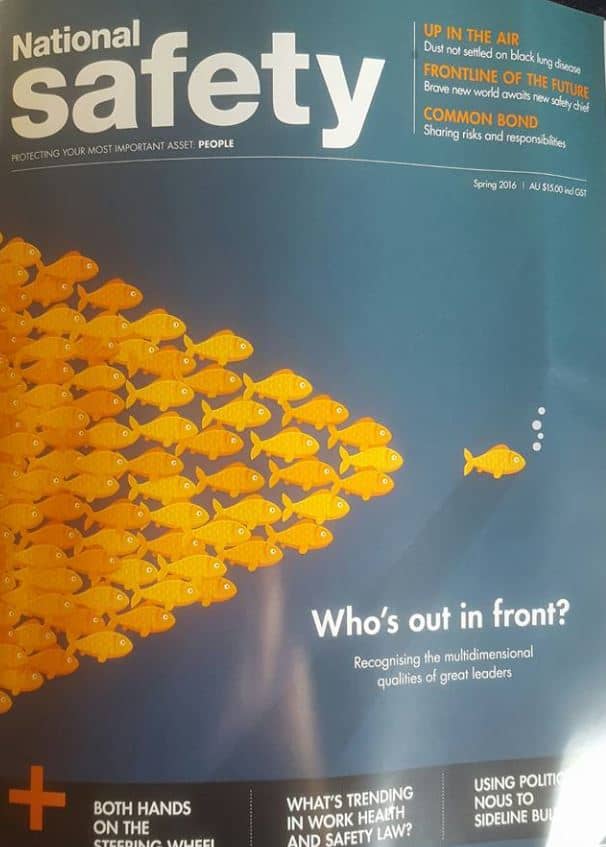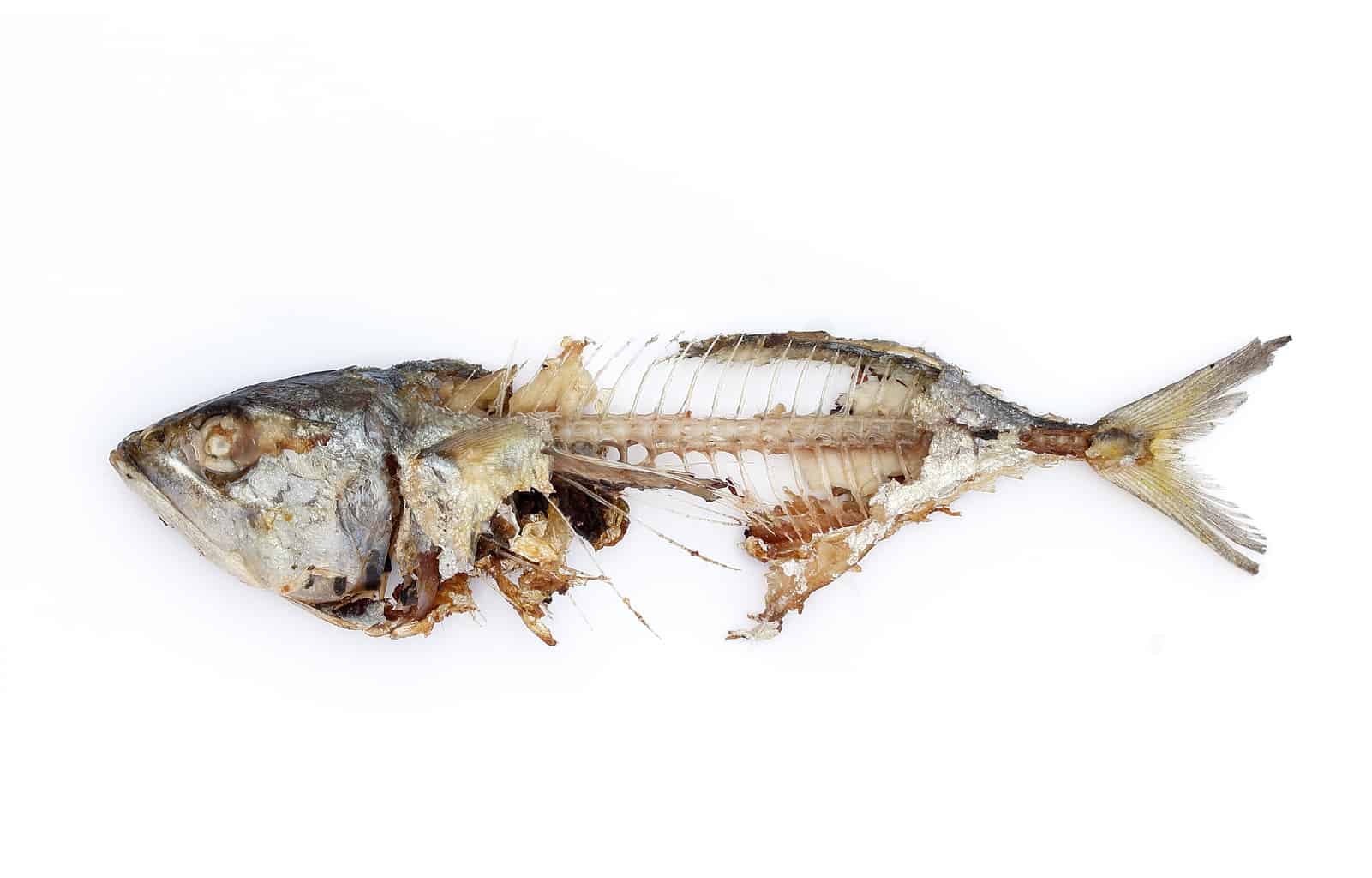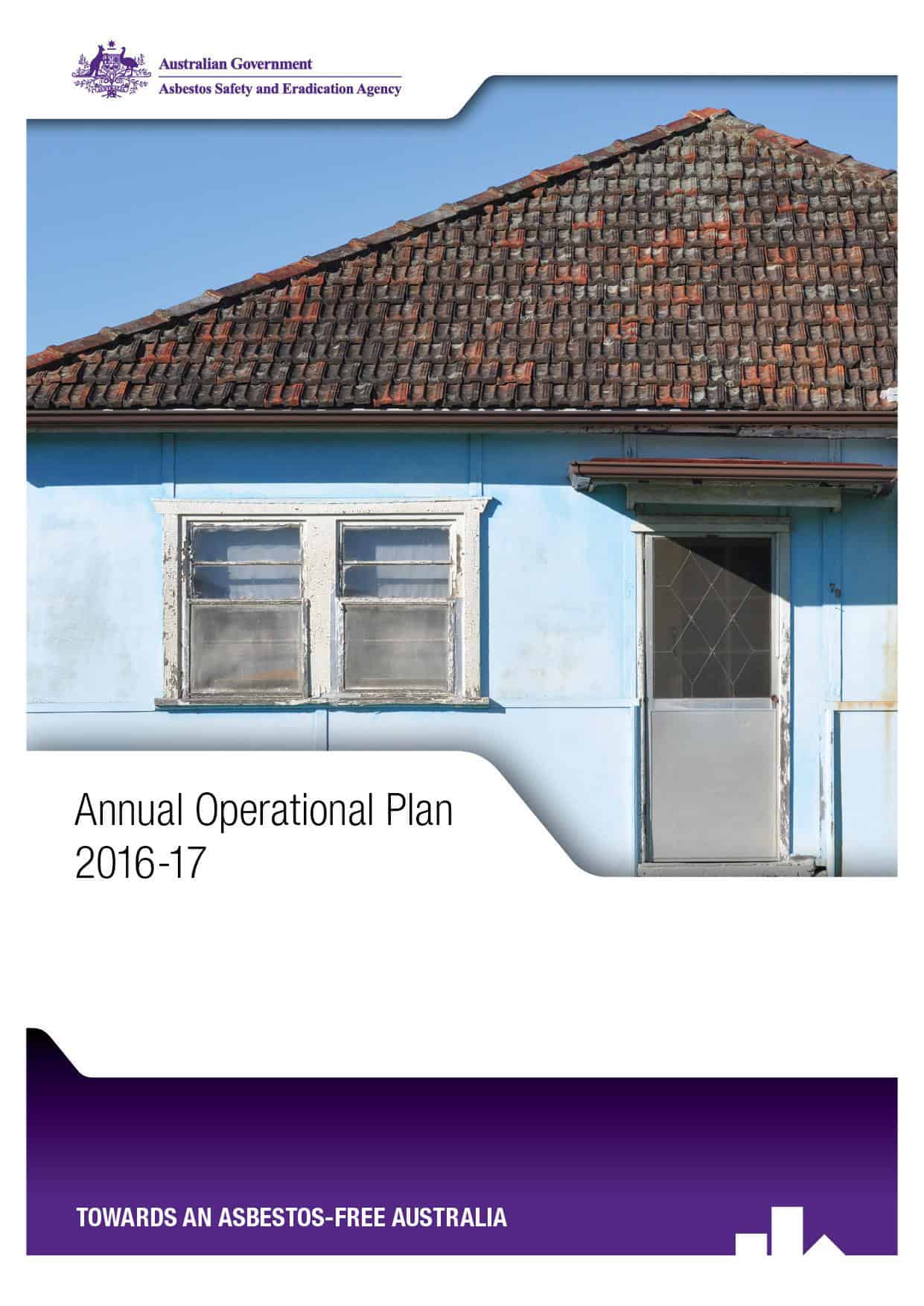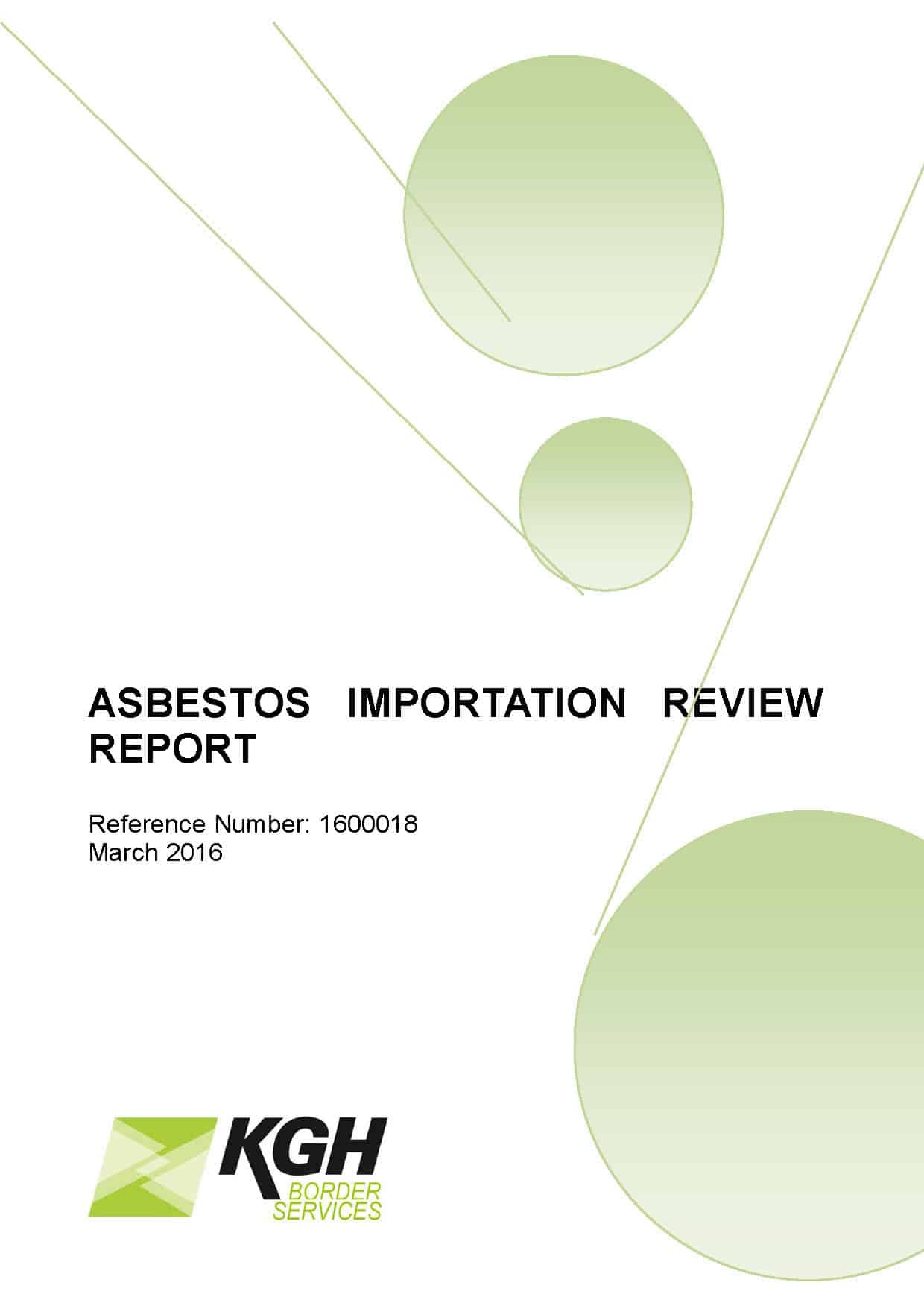Episode 6 of the Cabbage Salad and Safety podcast is now available with the discussion centring on drugs and alcohol issues at work. For those looking for information on drug and alcohol testing, this episode is not for you. We thought that the testing issue is dealt with in many workplaces through legislative and regulatory matters and you have to comply with what you have to comply. Continue reading “Cabbage Salad and Drugs”
Category: ethics
Gender, violence, Batty, Hulls and business preparedness
Recently the Victorian Women Lawyers conducted a seminar into the outcomes of Victoria’s Royal Commission into Family Violence. SafetyAtWorkBlog attended even though the topic seems, initially, to have a tenuous link to occupational health and safety (OHS). Family violence is relevant to OHS through its influence on workplace mental ill-health, productivity and the need for cultural…
Safety leadership through action rather than PowerPoint
The Spring 2016 edition of National Safety magazine includes a cover story on leadership written by me. In it John Lacey insists that safety leadership begins at the top. This position is supported by many business and occupational health and safety (OHS) advocates but this seems to me to be based on a misunderstanding of leadership.
 In response to a question about leadership in small- to medium-sized businesses, Lacey said that leadership “applies to all”:
In response to a question about leadership in small- to medium-sized businesses, Lacey said that leadership “applies to all”:
“[Leadership] is not different but how to apply it will be different. The start must be from the top down. The basic values, behaviours, knowledge and systems will be defined by the organisation no matter how large or small it is.”
This is remarkably like safety culture and my response is that leadership can be displayed by anyone at any level of a company or society and can manifest at any organisational level. The fact is that it is easier to sell a commodified leadership to executives as they are expected to show leadership in times of crisis or stockmarket uncertainty and most of us translate that into leadership of safety.
Leadership, as with most elements of OHS, takes time and effort – sometimes over generations. This is particularly so with anything concerning corporations that are wary of change unless that change supports profit and shareholder returns. (I would argue safety increases profits and company value but this is an argument than struggles for traction)
The most abused aphorism used to justify this focus on executive leadership is that “a fish rots from the head down”. Nonsense. As this website states, it is the guts of a fish that rots first.
 The attention given to senior executive leadership is an organisational echo of the economic trickle-down theory which has been roundly dismissed as flawed and, in some instances, has contributed to increasing socio-economic inequality.
The attention given to senior executive leadership is an organisational echo of the economic trickle-down theory which has been roundly dismissed as flawed and, in some instances, has contributed to increasing socio-economic inequality.
Lacey acknowledges that anybody within an organisation can lead although leadership starts from the top. He supports my contention that leadership occurs at all levels of a business and that actions show leadership and safety, probably, more effectively and cheaper than any training session. Lacey says
“…even the gesture of picking-up litter or wearing the correct [personal protective equipment] in front of others in the work team can be seen as a form of leadership. Leading by example is an old but such a true saying.”
These actions are the best way of improving workplace safety and showing leadership, and for the least cost. Safety should be improved by actions rather than PowerPoint.
[Note: please support National Safety magazine if you can. It is not available online and only through subscription but it is one of the few hard copy OHS magazines left in Australia and one of the few, if not the last, that actually pays its writers (not as much as we’d like but that’s the continuous battle of the freelance writer). This stance is keeping advertorials at bay and gives National Safety an integrity that is often missing in other safety publications]
No one is hurt, so there is nothing to see
When talking about workplace health and safety there is almost always questions about why one type of workplace hazard is given more priority than others. This is most common in discussing the neglect of mental health and psychosocial issues in comparison to incidents that result in physical  injury or death. The reasons given are almost always social ones, external to the workplace. A commentary in The Guardian newspaper for 1 November 2016 by David Conn adds another reason.
injury or death. The reasons given are almost always social ones, external to the workplace. A commentary in The Guardian newspaper for 1 November 2016 by David Conn adds another reason.
Parts of the English community have been calling for an inquiry into the “battle of Orgreave” which occurred in 1984 during the miners’ strike. This call was strengthened following the findings into the Hillsborough disaster and the cover-up by police. Orgreave campaigners were given hope by statements from the UK parliamentarian Therese May, upon becoming Prime Minister.
On 31 October 2016, the Home Secretary Amber Rudd told Parliament that no inquiry at all will be held into the event at Orgreave over which protesters were taken to Court in a prosecution that fell to bits after police evidence was found to be “unreliable”..
What is most pertinent to OHS is this comment from Conn:
“Rudd declared there was not a sufficient basis for an inquiry, partly because nobody died at Orgreave, as if this is the bar now being set for whether wrongdoing should be held to account.” (Emphasis added)
Rudd’s original statement said this:
“Despite the forceful accounts and arguments provided by the campaigners and former miners who were present that day, about the effect that these events have had on them, ultimately there were no deaths or wrongful convictions”
The Orgreave campaigners accepted that no one died on the day of the incident but that did not seem to be the point of the campaign. The allegation is that the conduct of the police generated unnecessary harm. Lives were ruined, families broken. The campaign was for justice.
Rudd establishes a moral benchmark that only fatalities generate official inquiries. Mental health and the impact of traumatic events get a lower billing. This reflects a similar approach to workplace incidents and harm. Broken legs get more attention than broken heads yet it is fair to say legs heal faster.
Fatalities, in some ways, are easier to manage because there is no disputing that death has occurred, only how and why. Trauma, mental illness, psychosocial problems are more complex as the illness themselves are often disputed or, at least, the extent of harm is disputed. Such psychosocial conditions also have a greater potential to reveal uncomfortable organisational truths such as poor management, poor leadership, exploitation, incivility, disrespect and abuse.
The U.K. Government venerates its political leaders but continues to show poor leadership in areas that could extend political careers (let’s acknowledge that motivation) as well as restoring faith in the political process, which is suffering badly around the world, and providing comfort to its citizens.
Governments are shy of inquiries, particularly independent ones, for many reasons, including cost, but they miss the fact that even though inquiries provide findings, it is often the exposure that provides greater benefit than the list of recommendations in the final report. This is evident from many of the continuing inquiries into child sex abuse by church leaders and others.
Governments, safety regulators and businesses need to accept that psychosocial hazards and incidents have as much merit for investigation as do physical injuries. Ignoring this perpetuates the harm and compounds the inequity and injustice which impedes resolution and the continuous improvement that society expects and OHS legislation requires.
Cabbage Salad and Safety – Episode 5
October is National Safety Month in Australia and episode 5 of the Cabbage Salad and Safety podcast discusses a range of topics to mirror the diversity of National Safety Month.
Siobhan Flores-Walsh and myself talk about:
- Conferences
- Culture
- Gender in Safety
- Mental Health
- Simple Safety vs Complex Safety
- Innovation
- Marketing and social media
The Gender in Safety conversation is one that I intend to expand upon in the coming weeks and is useful to notion relation to the increasing number of “women in safety”- type events.
 This podcast is a mixed bag but I am interested in hearing your thought on the podcast and the topics it contains so post a comment here or email me.
This podcast is a mixed bag but I am interested in hearing your thought on the podcast and the topics it contains so post a comment here or email me.
Asbestos presents political opportunities for vision and leadership
Asbestos is not something this blog writes about often, principally because the risk of asbestos-related diseases is well established and the control measures identified. Ideally asbestos should be left in the ground as, no matter in what state it is used, it presents a serious hazard to someone wherever it has been mined or used. But few countries are willing to make this commitment and even if they do asbestos-containing materials (ACM) continue to be imported regardless of any bans in place, as Australia is currently experiencing.
This fundamental occupational health and safety (OHS) and public health issue is not helped when prominent figures utter dangerous misrepresentations. MotherJones has pointed out that in his co-authored 1997 book, The Art of the Comeback, now United States Presidential-hopeful Donald Trump described asbestos as
“the greatest fire-proofing material ever used.”
That asbestos is
“100 percent safe, once applied,” and “got a bad rap.”
The quotes are 19 years old so Trump may have achieved a different perspective on asbestos and it would be good to have someone pose the question, perhaps in the next debate, although he may simply deny he ever said that. (He would be technically right, he never said it, he wrote it)
 Australia does not have a Trump but it does have an Asbestos Safety and Eradication Agency (ASEA) and only last week the Minister for Employment, Senator Michaelia Cash (great name for a politician giving out money), gave the agency an
Australia does not have a Trump but it does have an Asbestos Safety and Eradication Agency (ASEA) and only last week the Minister for Employment, Senator Michaelia Cash (great name for a politician giving out money), gave the agency an
“additional $3.4 million over two years in the 2016-17 Budget”.
This was a timely increase, at least politically, to counter the continued importation of a banned substance as mentioned above. However, the allocation of this money to the ASEA misses the target. ASEA does not control the importation of building products; that is the job of the Australian Border Force.
ASEA released its Annual Operations Plan 2016-17 at the end of September in which it addresses the asbestos importation issue:
“ASEA works with all levels of government to assist in responding to the strategic risks of asbestos in Australia. The agency coordinated the development of a Rapid Response Protocol through the Heads of Workplace Safety Authorities (HWSA) Imported Materials with Asbestos Working Group. The protocol is the first of its kind, enabling government agencies to work cooperatively and efficiently across jurisdiction and portfolio lines when products have been identified as containing asbestos. This allows agencies to work through the practicalities of concerns that such products may cross, or have crossed, state lines.”
This national and cross-agency cooperation is good and required but “the practicalities of concern” is the major barrier to change. Government never seems to have sufficient funds to make a ban as effective as possible or it needs to be. Allowing ACM into Australia, even though the building material contains a government-banned substance, creates costs on public and occupational health but as these costs are further down the supply chain and may not appear for decades, Government considers them to be acceptable. It is highly unlikely that the cost of preventing ACMs at the border would be more expensive than the long-term health costs that the Government will need to pay through public health and hospitals and that employers may need to pay through lost productivity, business disruption and workers’ compensation. (This is another example of why OHS need economists and financial estimators.)
 In February 2016, Minister for Border Protection, Peter Dutton, announced an inquiry into the importation of ACMs, to be conducted by KGH Border Services, a company with which the Minister’s Department has been in a partnership since early 2015. The final report seems to imply that the issue is too difficult to police and that the current process is the best the Government can do, particularly as a large part of the asbestos problem originates in China, Australia’s most lucrative trading partner.
In February 2016, Minister for Border Protection, Peter Dutton, announced an inquiry into the importation of ACMs, to be conducted by KGH Border Services, a company with which the Minister’s Department has been in a partnership since early 2015. The final report seems to imply that the issue is too difficult to police and that the current process is the best the Government can do, particularly as a large part of the asbestos problem originates in China, Australia’s most lucrative trading partner.
“For most businesses involved in international trade, a rational cost/benefit analysis of investment in compliance is not justified by the incentives that government offer to promote voluntary compliance. Despite the critical effect of asbestos exposure to public health and safety, it remains a cheap and effective material for use in a wide range of goods. Asbestos continues to be widely used internationally, and is incorporated in goods manufactured by Australia’s largest trading partners, such as China.”
This paragraph from the KGH report illustrates the tone of the report. Asbestos is cheap and effective and used widely, however it is also deadly. As mentioned above, asbestos and ACM is only cheap to purchase but can have decades long costs that would/should render the cheap purchase a nonsense. That asbestos is effective echoes Trump’s position.
The report also states:
“Due to the differing standards applied to asbestos regulation internationally, it may be inefficient for suppliers that sell to a range of markets, to ensure compliance with the Australia’s strict import prohibition. The Australian prohibition relates to all forms of asbestos, but chrysotile is not internationally recognised as a dangerous form of asbestos. Countries that mine chrysotile maintain that it is safe, and continue to export it to a number of other countries, where it is still widely used in products that supply a range of industries.”
Regardless of what other countries do, Australia’s Department of Health identified the hazard of chrysotile asbestos as early as 1999 and has stated for some time that:
“There may be no safe exposure level for chrysotile, so all exposure should be avoided” and
“If a safer product or process can be substituted for one involving chrysotile, this should be done.”
According to KGH Border Services chrysotile is not internationally recognised as a dangerous form of asbestos. So what? The government that commissioned the KGH report has stated it is dangerous!!??
The KGH report also outlines what is already known and the reason for the existence of the ASEA:
“There is also confusion about policy and regulatory responsibilities across Government in Australia and some ambiguity in the overarching legal framework that establishes Australia’s strict prohibition. The Department of Employment (DoE) has policy responsibility for the legal framework that establishes the border control. The DIBP administers the import and export prohibitions at the border. The Asbestos Safety and Eradication Agency (ASEA) is responsible for administering the import and export permission regime on behalf of the Minister for Employment. The Australian Competition and Consumer Commission (ACCC) and state and territory work, health and safety (WHS) regulators have a role in enforcement of the asbestos prohibition domestically. This cross-over between various Commonwealth and state and territory authorities can confuse the public’s perception of the DIBP’s role in asbestos regulation, and its ability to affect changes to the legal and policy frameworks that establish the prohibition. Clarification of the responsibilities and coordination efforts across Government would reduce this confusion and increase the effectiveness of the Government’s response to asbestos issues.”
If asbestos was not killing Australian workers and their families, it would be funny that overlapping and conflicting responsibilities (a responsibility managed by the Government) “can confuse the public’s perception of the DIBP’s role in asbestos regulation”. The public may not understand the role of the DIBP but it certainly understands the fatal risks associated with asbestos. The calls from the public and the unions for stronger policing of banned substances is less a criticism of the Department of Immigration and Border Protection (DIBP) that it is a criticism of the Government for inaction.
The report also suggests that other levels of Government should be pulling their weight on asbestos management. They should, and they are, but how much easier, cheaper and more productivity their jobs would be if the Federal agencies prevented ACMs entering the country. It just may be possible to eliminate the established asbestos hazards if new asbestos was stopped being imported.
It may also be useful to note that Minister Dutton seems to see the call for controlling asbestos imports as a trade union conspiracy. One could just as well claim that safe asbestos is a Trump conspiracy.
The Australian Government is mismanaging the latest controversies around the importation of asbestos-containing material but to manage it appropriately requires hard questions that this government chooses not face. The deaths associated with asbestos exposures are increasing and are likely to for some decades yet. How many decades, is the choice of this Government. Act now and seriously and fewer people will die, businesses will be more sustainable, health and compensation costs will be less. In fact there may even be more jobs and growth.
Politicians are regularly called on to provide vision. Asbestos seems to be one of those issues where the vision can be readily understood and easily explained. Addressing the issue in a serious way could also be seen as an example of leadership and the basis for a political legacy. And it is not as if asbestos is irreplaceable. Trump may see it as a miracle building material but the combination of new products with safety in design principles should be able to achieve a comparable fire protection level.
Vision and leadership. Where have we heard those words before? Oh yes, EVERYWHERE.
The OHS challenges presented by penises, testicles and hotel sex
Every profession and occupation has its weird stories, the “you wouldn’t believe it” stories. Occupational health and safety (OHS) is no different. There are stories of a degloved penis, complications from piercings in private places or chemical burns on private parts that reinforce the important of washing hands thoroughly after touching chemicals. Such stories can be…

